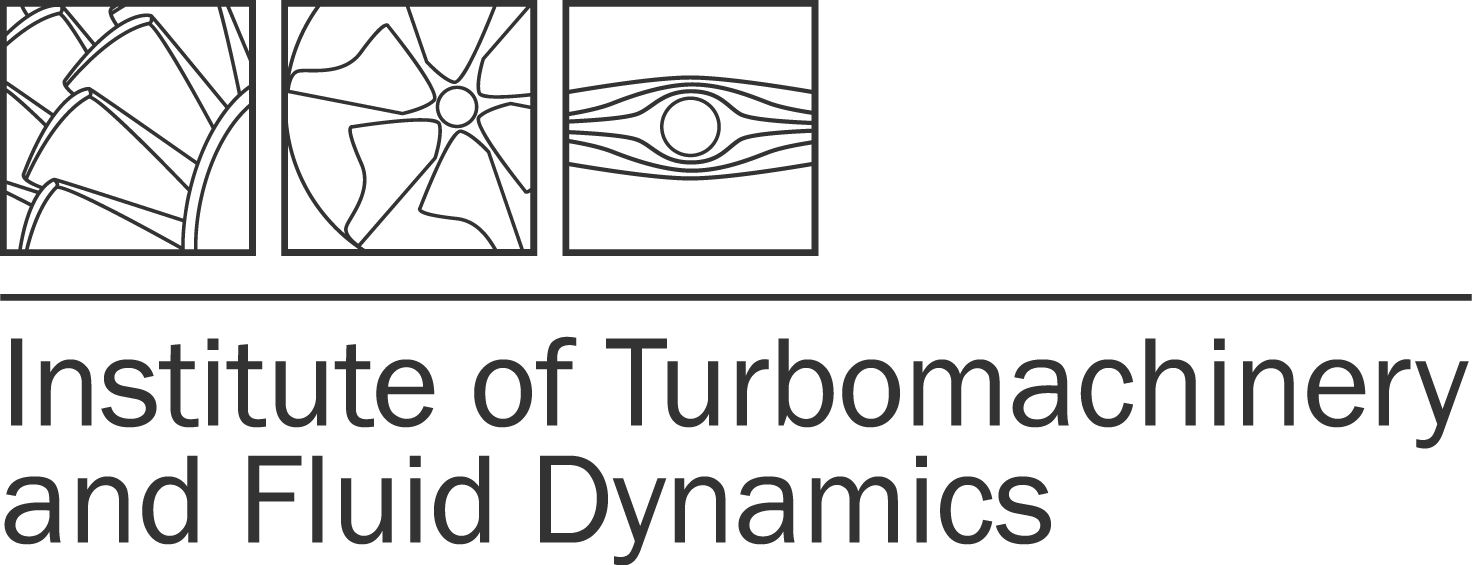The research activities of the compressor group are mainly focused on two areas of gas turbines applications: aviation and energy supply.
Active Flow Control
Active flow control reduces the losses that are generated by secondary flow effects. One project deals with flow injection in the sidewall area of a stator, to decrease the extent of the corner vortex in order to increase aerodynamic stage loading. A reduction in the number of blades of up to 20% was achieved by applying a so-called "jet flap". The term "jet flap" describes an axial injection of flow along the entire blade span to take advantage of the Coanda effect.
To investigate the influence of active flow control, and to deepen the understanding of the underlying physical mechanisms a 4-stage high-speed axial compressor test rig and a cascade wind tunnel is used. To ensure highly qualitative experimental results improved measurement technologies are developed and applied. To allow the validation of the experimental results, numerical simulations are performed.
Surface Structures
Surface structures directly affect profile losses by influencing the momentum exchange in the boundary layer. The dominating physical effect in the boundary layer depends on the type and the characteristics of the surface structure. In the context of a project the effectiveness of ideally anisotropic surface structures, so-called riblets, is experimentally investigated in the axial compressor. Riblets are tiny grooves on the surface aligned with the flow direction. Previous experimental investigations in the cascade wind tunnel showed a significant reduction of surface friction and the profile losses. The current project is a further step towards the practical application of this effect in operational use.
Operationally stressed surface structures, which are a mixture of isotropic and anisotropic surface structures, were investigated experimentally in the cascade wind tunnel. Based on the geometric and aerodynamic characterization of the surface structures a correlation for the prediction of the aerodynamic behavior was derived.
To accelerate the transfer of the knowledge gained by the experimental investigations into industrial applications, a numerical model for the prediction of the aerodynamic effect of surface structures is developed. The model is then implemented into an industrially used flow solver.
Group Leader


30823 Garbsen







